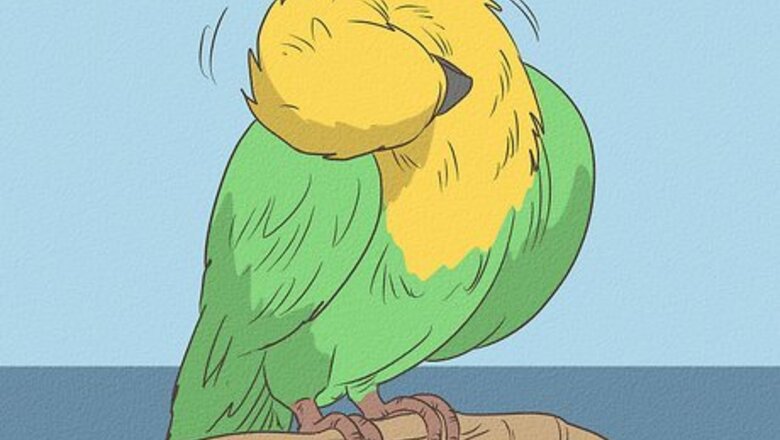
views
- Dust your bird with an insecticide powder to kill red mites.
- Rub a drop of Avimec/Scatt on your budgie’s toes if their toe scales look abnormal in size and color, as this may be a sign of scaly mites.
- Use ivermectin or levamisole (with your veterinarian’s approval) to treat a bird infested with air sac mites.
Getting Rid of Red Mites
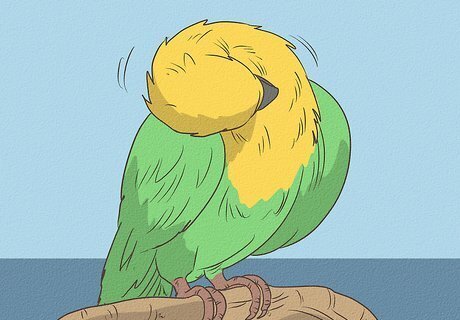
Observe your budgie’s activity level. Red mites (Dermanyssus gallinae) are active at night. This may cause your budgie to seem restless or uncomfortable at night, and to sleep during the day to make up for the disruption.
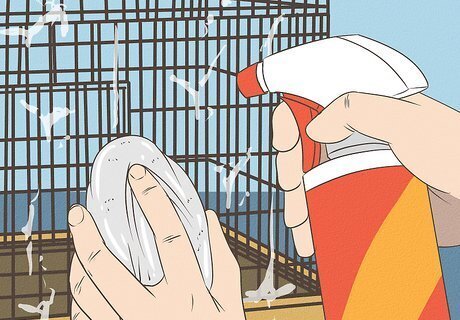
Clean your budgie’s cage to eliminate red mites. Some mites will not constantly stay on your bird. Red mites are active at night and will hide in crevices in your bird’s cage during the day. The treatment to rid your budgie of these pests is to thoroughly clean and disinfect its cage.
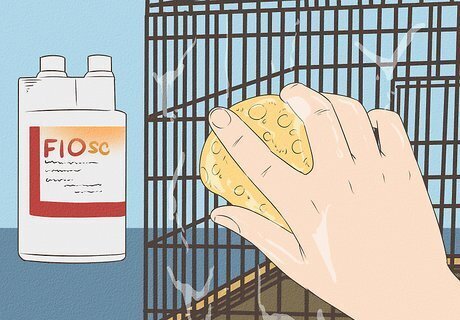
Scrub the cage with F10 vet grade cleaner or white vinegar and boiling water. Take your budgie’s cage apart. Use a brush to thoroughly scrub the cage. Be especially careful to clean all the nooks and crannies of the cage. Rinse all of the residue off with plain water once you are done and sun dry.
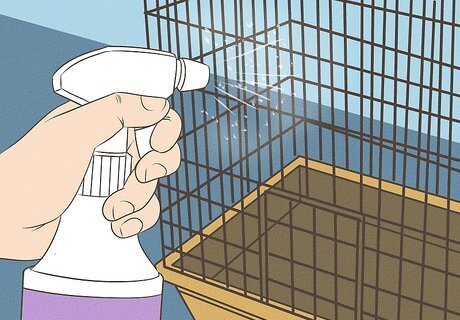
Use a disinfectant. Spraying your budgie’s cage with a pet-safe disinfectant after cleaning will help ensure that all mites are eliminated. Products that are approved as safe for this purpose (such as PetFocus or F10) will not harm your pet if you follow all directions provided with the disinfectant.

Clean your budgie’s cage frequently. Even after your budgie’s mites are eliminated, you should thoroughly clean its cage once a week. This provides your bird with a healthy place to live, and helps prevent further infestations.
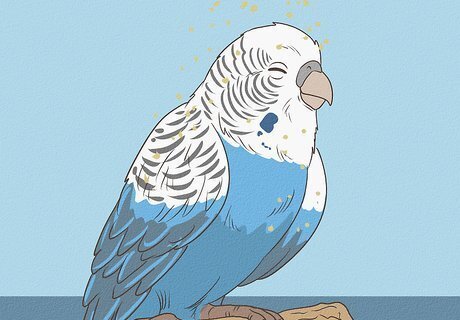
Dust your bird to eliminate red mites. While cleaning your budgie’s cage is usually effective at combating red mites, a vet may recommend that you also dust the bird with an insecticide powder. If so, be sure to follow all instructions provided with the insecticide, in order to protect yourself and your bird. Mite and louse powders are available from many pet supply stores. Avimec and Scatt also work extremely well for red mites on the bird.
Combatting Scaly and Air Sac Mites

Look for scaliness or crustiness on the budgie’s toes. Like many birds, the toes of budgies are covered in scaly skin. If you notice changes in your bird’s toe scales, however (abnormal color, size, shape, texture, etc.), this could indicate that your pet has scaly mites.
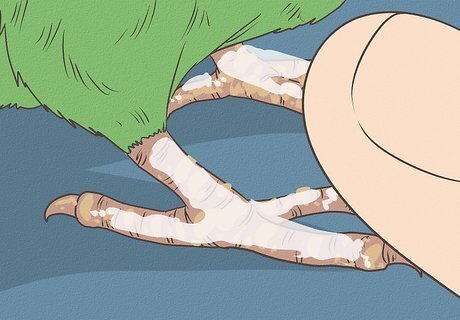
Treat your bird to eliminate scaly mites. Avimec/Scatt one drop on the skin on the back of the neck once a week for 2-3 weeks will kill the mites and eggs.
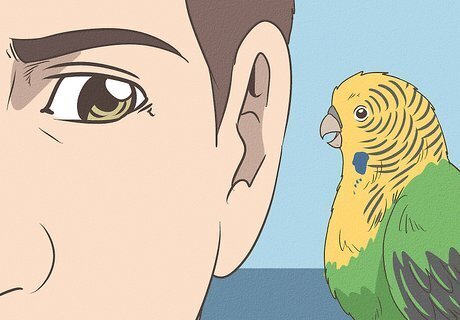
Listen to your budgie’s breathing. A bird that is infected with a particular pest called air sac mites (Sternostoma tracheacolum) may have trouble breathing. You might hear a clicking or wheezing sound when your budgie breathes if it has this problem. You may also notice your budgie’s tail flitting up and down, or that your bird breathes with its mouth open. These are also signs that the bird is having trouble breathing.

Give your budgie medications to combat air sac mites. Both ivermectin (Avimec/Scatt) and levamisole are effective against a variety of parasites, and are often prescribed to treat budgies infested with air sac mites. Unfortunately, the mortality rate for budgies afflicted with air sac mites is high, even with the availability of these medications.
Eliminating Other Common Mites

Look for crusty growths. Scaly mites (Cnemidocoptes pilae) cause your bird to develop crusty patches. These can appear on your budgie’s beak or toes, even the eyelids, cere, vent and wing tips.

Check the length of your budgie’s beak. An overgrown beak is another possible sign that your budgie has mites (such as Cnemidocoptes pilae). An afflicted budgie’s beak may grow abnormally long, or appear deformed.

Contact a vet for recommendations. Using spot on medications eliminate mites that cause crusty growths on budgies. However, you should contact a vet for specific recommendations and instructions. Treatments may include: Xeno (an insecticide). It is applied to your budgie’s feathers in drops or by using a pipette. Several doses at two week intervals should eliminate your bird’s mites. Insecticide dusting treatments. Thoroughly cleaning your bird’s cage.










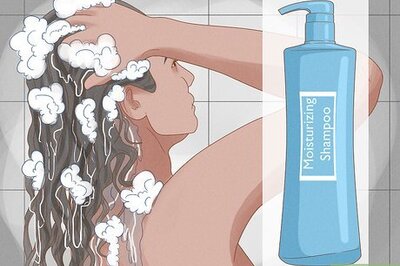




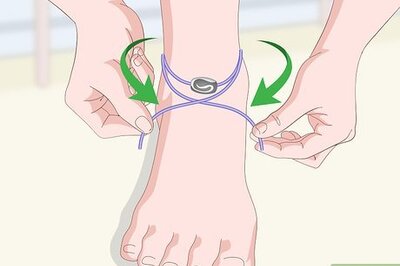



Comments
0 comment